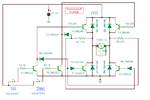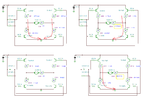tehmaas hasan
Junior Member level 1
i want to make a h-bridge using 4 npn 2n222a transistors.
need a suitable schematic.
help required as soon as possible.
thank you.
need a suitable schematic.
help required as soon as possible.
thank you.

